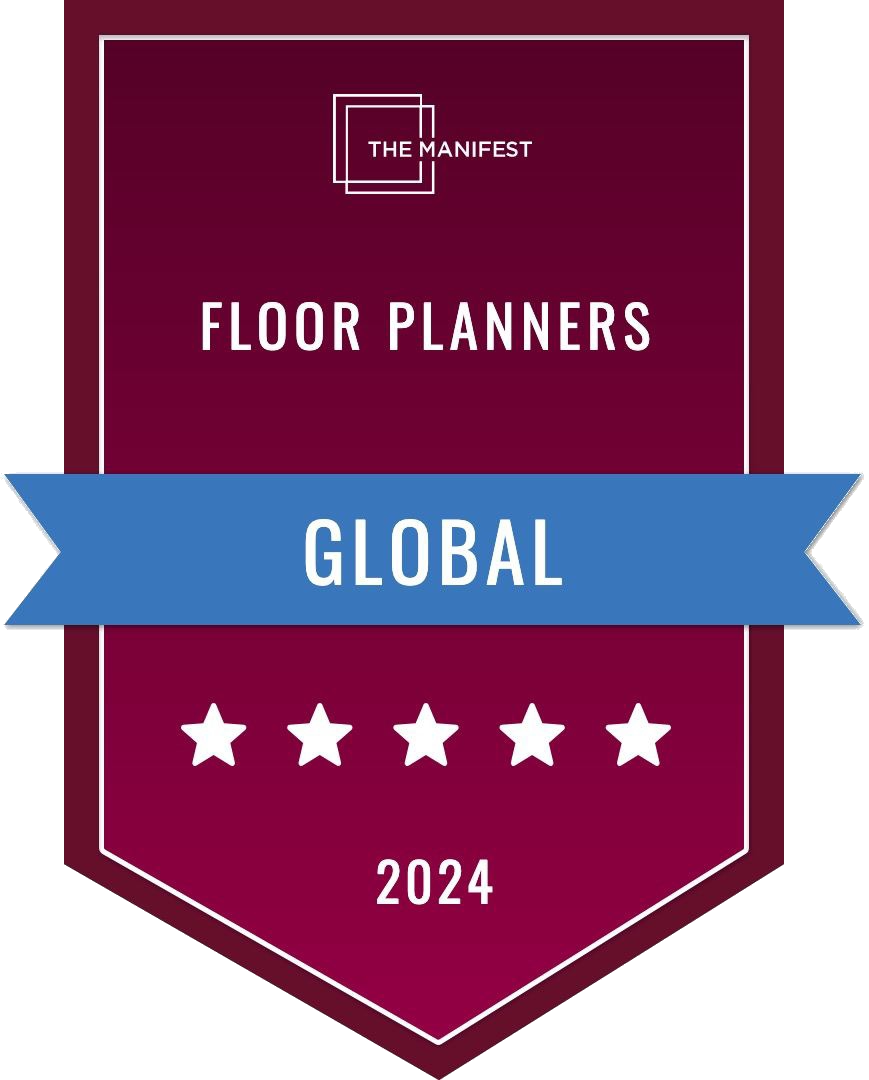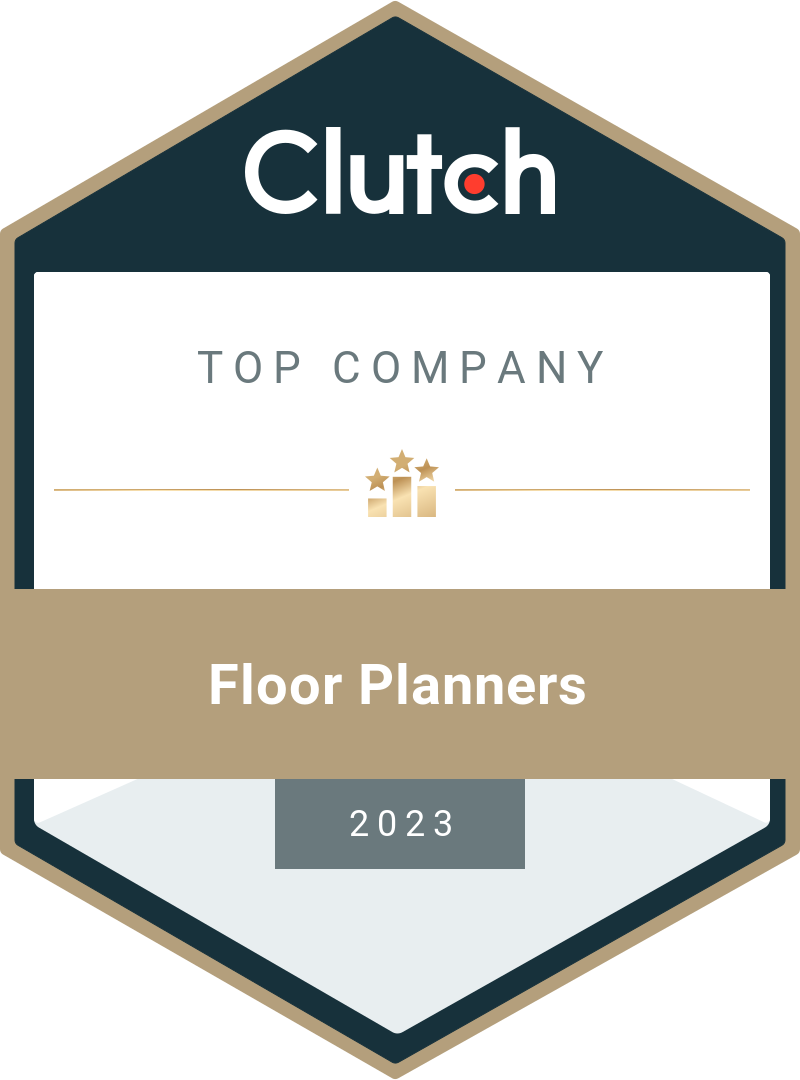Summarize this article with the help of:

Introduction
In the ever-evolving field of architecture, staying ahead of the curve is crucial. One of the most groundbreaking advancements in recent years is the concept of digital twins. Originally developed for manufacturing and aerospace, digital twins are now making a significant impact in architecture and construction. These virtual replicas of physical assets are not just static models but dynamic, data-driven simulations that offer unparalleled insights and efficiencies.
The Concept of Digital Twins
A digital twin is a virtual model that mirrors a physical object or system. It consists of three primary components: the physical asset itself, its virtual counterpart, and the data that flows between them. This data is collected in real-time via IoT sensors and other technologies, creating a live feed of information that keeps the digital twin accurate and up-to-date.
The technology behind digital twins is robust and multifaceted. It leverages the Internet of Things (IoT) for real-time data collection, artificial intelligence (AI) for predictive analytics, and advanced simulation tools for creating realistic models. Together, these technologies enable architects to visualize, analyze, and optimize their designs in ways that were previously unimaginable.
Types of Digital Twins in Architecture
- Design and Simulation Twins:
- Purpose: Design and simulation twins are used during the initial phases of architectural projects. They allow architects to create virtual models of buildings and simulate different design scenarios.
- Capabilities: These twins facilitate iterative design processes, enabling architects to test various configurations, materials, and environmental conditions virtually. This helps in optimizing designs for aesthetics, functionality, and sustainability before physical construction begins.
- Construction and Operations Twins:
- Purpose: Construction and operations twins are employed throughout the construction phase and during the operational lifespan of buildings.
- Capabilities: During construction, these twins monitor progress in real-time, manage resources, and ensure compliance with design specifications. They also aid in predictive maintenance, optimizing energy usage, and enhancing building performance post-construction.
- Performance Monitoring Twins:
- Purpose: Performance monitoring twins focus on monitoring and optimizing the ongoing operational performance of buildings.
- Capabilities: They collect real-time data from IoT sensors embedded within the building infrastructure. This data is analyzed to optimize energy efficiency, predict maintenance needs, and improve occupant comfort and safety. Performance monitoring twins play a crucial role in achieving sustainable building operations and reducing operational costs over time.
Applications of Digital Twins
- Design Optimization: Before a single brick is laid, architects can use digital twins to test different design scenarios and performance metrics. This allows for a more iterative and refined design process, resulting in buildings that are not only aesthetically pleasing but also highly functional.
- Construction Management: During the construction phase, digital twins provide a real-time view of progress. This helps in tracking milestones, to make sure quality is under control, and detecting potential issues early. For instance, if a structural element is off by even a few millimeters, the digital twin can highlight this discrepancy before it becomes a costly problem.
- Building Operations: Once the building is operational, digital twins continue to provide value. They can monitor energy consumption, predict maintenance needs, and even suggest improvements for better efficiency. This leads to lower operating costs and a longer lifespan for the building.
Benefits of Digital Twins
- Enhanced Collaboration: By providing a single, shared architectural virtual model, digital twins improve communication and collaboration among all stakeholders, from architects and engineers to contractors and clients. This helps, clearly realize the project.
- Cost Efficiency: No one wants to spend money on the wind, so better planning, early error detection, and efficient resource management lead to significant cost savings. Issues that would typically go unnoticed until after construction can be identified and addressed early.
- Sustainability: Digital twins contribute to sustainable building practices by optimizing energy usage, reducing waste, and supporting the design of eco-friendly buildings.
Case Studies
Digital twins become more popular, here are several high-profile projects that have successfully implemented this tool, demonstrating their potential:
Hudson Yards, New York: Designed by renowned architects and urban planners, the development aims to be a city within a city, offering everything from luxury residences and high-end retail to office spaces and public parks.
Role of Digital Twins in Hudson Yards
Hudson Yards used 3D digital twins extensively throughout its planning, construction, and operational phases. Here’s how:
- Planning and Design Optimization: Digital twins allowed architects and planners to create detailed 3D models of the entire development. These models enabled simulations of various design scenarios, helping to optimize the placement of buildings, green spaces, and public amenities. This ensured that the final design was both aesthetically pleasing and highly functional.
- Construction Management: During construction, 3D digital twins provided real-time monitoring and management of the project. By integrating IoT sensors with digital models, project managers could track progress, manage resources, and identify potential issues early. For example, discrepancies in structural elements could be detected and corrected before they caused delays or increased costs.
- Sustainability and Efficiency: Hudson Yards is designed to be one of the most sustainable developments in the world. Digital twins played a crucial role in achieving this goal by optimizing energy use and reducing waste. Real-time data from the digital twins helped in fine-tuning HVAC systems, lighting, and water management to ensure minimal environmental impact.
- Ongoing Operations: Even after construction, digital twins continue to provide value. They help manage building operations by monitoring energy consumption, predicting maintenance needs, and improving overall efficiency. This ensures that Hudson Yards remains a state-of-the-art, sustainable community long after its completion.
Shanghai Tower, China: Shanghai Tower is a marvel of modern engineering and design. As the second-tallest building in the world and the tallest in China, this 632-meter skyscraper is a symbol of China’s rapid modernization and technological prowess. This supertall skyscraper; it’s a vertical city designed to house offices, hotels, and cultural facilities while providing breathtaking views of Shanghai. The tower’s unique twisting design, conceived by the architectural firm Gensler, reduces wind loads and enhances structural stability, making it both an aesthetic and engineering triumph.
Role of Digital Twins in Shanghai Tower
Digital twins were integral to the Shanghai Tower project from the initial design phase through to its ongoing maintenance and operations. Here’s how digital twins contributed:
- Design and Simulation: During the design phase, digital twins allowed architects and engineers to create a detailed virtual model of the building. This model enabled simulations of various environmental conditions, such as wind and seismic forces, ensuring the structure could withstand extreme conditions. The twisting design was tested and optimized using these digital simulations to minimize wind load and enhance structural integrity.
- Construction Management: The construction of Shanghai Tower was a complex process involving numerous stakeholders and extensive coordination. Digital twins facilitated real-time monitoring of construction activities, helping to manage schedules, resources, and workflows. By integrating IoT sensors with the digital model, project managers could track the progress and quality of construction, identifying and addressing issues promptly to avoid delays and cost overruns.
- Energy Efficiency and Sustainability: Shanghai Tower is designed to be one of the most sustainable skyscrapers in the world. Digital twins played a pivotal role in achieving this by optimizing energy use and environmental performance. The digital model monitored energy consumption in real-time, allowing for adjustments to heating, cooling, and lighting systems to maximize efficiency. The building’s double-skin facade, which provides insulation and reduces energy consumption, was also fine-tuned using digital twin technology.
- Ongoing Operations and Maintenance: After completion, digital twins continue to enhance the building’s operations. They provide real-time data on the performance of various systems, such as HVAC, elevators, and lighting. This data helps in predictive maintenance, ensuring that potential issues are addressed before they become major problems. Additionally, the digital twin assists in optimizing the building’s operations, reducing energy consumption, and improving occupant comfort.
Future Prospects
Looking ahead, the potential of 3D digital twins in architecture and construction is immense. As technology continues to advance, we can expect even more sophisticated simulations, better integration with other digital tools, and broader adoption across the industry. This will not only enhance the efficiency and quality of architectural projects but also pave the way for innovations we can only begin to imagine.
Conclusion
Digital twins represent a significant leap forward for architecture and construction. We at Freedes Studio provide high-definition renderings including digital twins that can significantly improve your project and help in avoid mistakes while working. As more architects embrace this technology, we can expect to see buildings that are not only more beautiful and functional but also more sustainable and cost-effective. Connect us to find which is the best for you and how our globally reached rendering company can help.









